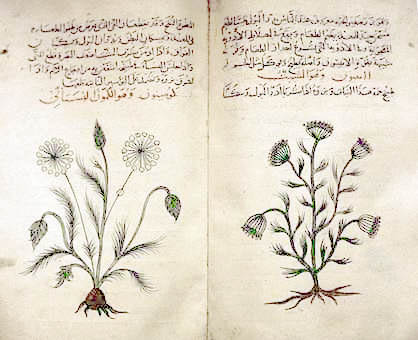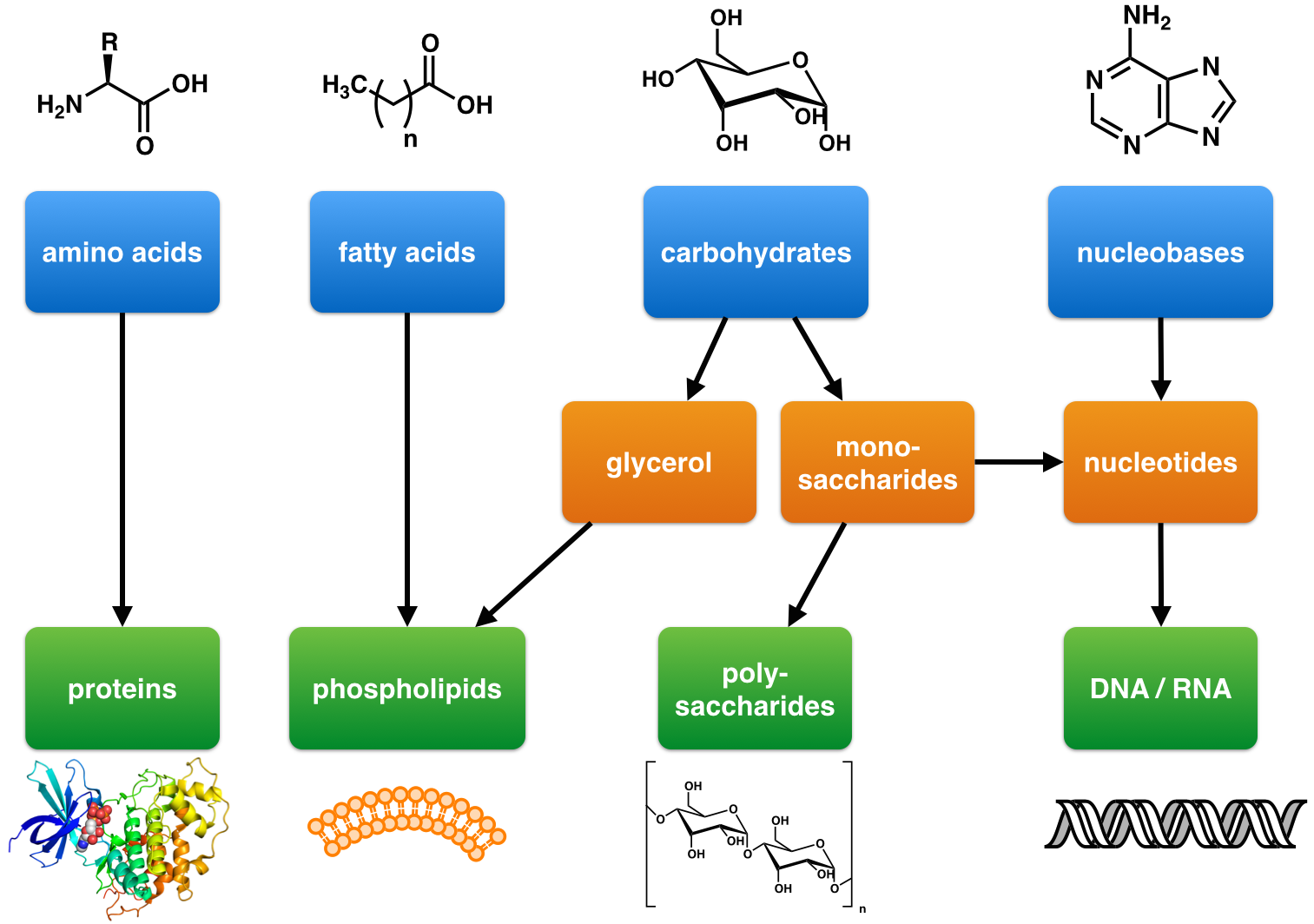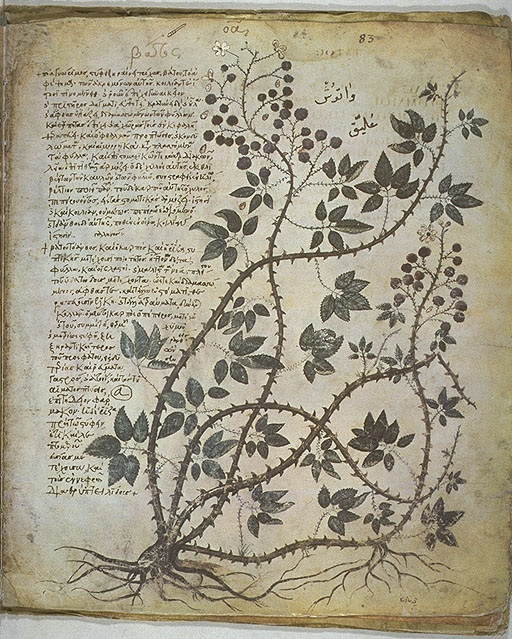|
Pharmacognosy
Pharmacognosy is the interdisciplinary scientific study of natural drugs and bioactive compounds from plants, animals, and minerals—originally focused on identifying crude drugs but now expanded to molecular, chemical, ecological, and medicinal aspects of natural products. Plants produce a variety of chemical compounds—primary metabolites essential for all plants and secondary metabolites with specialized roles like defense and pollination attraction—that include classes such as alkaloids, polyphenols, glycosides, and terpenes, many of which have therapeutic uses in humans and are isolated through bioassay-guided fractionation. Traditional medicine continue to inform modern pharmacology. Microscopic evaluation plays a key role in identifying herbs, detecting adulterants, and examining distinctive plant tissues through methods such as measuring leaf constants, including the stomatal index, which expresses the proportion of stomata to epidermal cells. Description The ... [...More Info...] [...Related Items...] OR: [Wikipedia] [Google] [Baidu] |
Natural Product
A natural product is a natural compound or substance produced by a living organism—that is, found in nature. In the broadest sense, natural products include any substance produced by life. Natural products can also be prepared by chemical synthesis (both semisynthesis and total synthesis and have played a central role in the development of the field of organic chemistry by providing challenging synthetic targets). The term ''natural product'' has also been extended for commercial purposes to refer to cosmetics, dietary supplements, and foods produced from natural sources without added artificial ingredients. Within the field of organic chemistry, the definition of natural products is usually restricted to organic compounds isolated from natural sources that are produced by the pathways of primary or secondary metabolism. Within the field of medicinal chemistry, the definition is often further restricted to secondary metabolites. Secondary metabolites (or specialized meta ... [...More Info...] [...Related Items...] OR: [Wikipedia] [Google] [Baidu] |
Crude Drugs
Crude drugs are drugs of plant, animal and microbial origin that contain natural substances that have undergone only the processes of collection and drying. The term natural substances refers to those substances found in nature that have not had man-made changes made in their molecular structure. They are used as medicine for humans and animals, internally and externally for curing diseases, e.g., Senna and Cinchona. A crude drug is any naturally occurring, unrefined substance derived from organic or inorganic sources such as plant, animal, bacteria, organs or whole organisms intended for use in the diagnosis, cure, mitigation, treatment, or prevention of disease in humans or other animals. Overview Crude drugs are unrefined natural medications in their raw forms. Prior to the 1950s, every pharmacy student learned about crude drugs in pharmacognosy class. Pharmacognosy is the study of the proper horticulture, harvesting and uses of the raw medications found in nature. Ra ... [...More Info...] [...Related Items...] OR: [Wikipedia] [Google] [Baidu] |
Alkaloid
Alkaloids are a broad class of natural product, naturally occurring organic compounds that contain at least one nitrogen atom. Some synthetic compounds of similar structure may also be termed alkaloids. Alkaloids are produced by a large variety of organisms including bacteria, fungus, fungi, Medicinal plant, plants, and animals. They can be purified from crude extracts of these organisms by acid-base extraction, or solvent extractions followed by silica-gel column chromatography. Alkaloids have a wide range of pharmacology, pharmacological activities including antimalarial medication, antimalarial (e.g. quinine), asthma, antiasthma (e.g. ephedrine), chemotherapy, anticancer (e.g. omacetaxine mepesuccinate, homoharringtonine), cholinomimetic (e.g. galantamine), vasodilation, vasodilatory (e.g. vincamine), Antiarrhythmic agent, antiarrhythmic (e.g. quinidine), analgesic (e.g. morphine), antibacterial (e.g. chelerythrine), and anti-diabetic, antihyperglycemic activities (e.g. berb ... [...More Info...] [...Related Items...] OR: [Wikipedia] [Google] [Baidu] |
Traditional Medicine
Traditional medicine (also known as indigenous medicine or folk medicine) refers to the knowledge, skills, and practices rooted in the cultural beliefs of various societies, especially Indigenous groups, used for maintaining health and treating illness. In some Asia, Asian and Africa, African countries, up to 80% of people rely on traditional medicine for primary health care. Traditional medicine includes systems like Ayurveda, traditional Chinese medicine, and Unani medicine, Unani. The World Health Organization supports their integration, but warns of potential risks and calls for more research on their safety and effectiveness. The use of medicinal herbs spans over 5,000 years, beginning with ancient civilizations like the Sumer, Sumerians, Ancient Egypt, Egyptians, Indian people, Indians, and Chinese people, Chinese, evolving through Ancient Greece, Greek, Ancient Rome, Roman, Islam, Islamic, and Middle Ages, medieval European traditions, and continuing into Colonial histo ... [...More Info...] [...Related Items...] OR: [Wikipedia] [Google] [Baidu] |
Drug
A drug is any chemical substance other than a nutrient or an essential dietary ingredient, which, when administered to a living organism, produces a biological effect. Consumption of drugs can be via insufflation (medicine), inhalation, drug injection, injection, smoking, ingestion, absorption (skin), absorption via a dermal patch, patch on the skin, suppository, or sublingual administration, dissolution under the tongue. In pharmacology, a drug is a chemical substance, typically of known structure, which, when administered to a living organism, produces a biological effect. A pharmaceutical drug, also called a medication or medicine, is a chemical substance used to pharmacotherapy, treat, cure, preventive healthcare, prevent, or medical diagnosis, diagnose a disease or to promote well-being. Traditionally drugs were obtained through extraction from medicinal plants, but more recently also by organic synthesis. Pharmaceutical drugs may be used for a limited duration, or on a re ... [...More Info...] [...Related Items...] OR: [Wikipedia] [Google] [Baidu] |
Dioscorides
Pedanius Dioscorides (, ; 40–90 AD), "the father of pharmacognosy", was a Greek physician, pharmacologist, botanist, and author of (in the original , , both meaning "On Materia medica, Medical Material") , a 5-volume Greek encyclopedic pharmacopeia on herbal medicine and related medicinal substances, that was widely read for more than 1,500 years. For almost two millennia Dioscorides was regarded as the most prominent writer on plants and plant drugs. Life A native of Anazarbus, Cilicia, Asia Minor, Dioscorides likely studied medicine nearby at the school in Tarsus, Mersin, Tarsus, which had a pharmacological emphasis, and he dedicated his medical books to Laecanius Arius, a medical practitioner there. Though he writes he lived a "soldier's life" or "soldier-like life", his pharmacopeia refers almost solely to plants found in the Greek-speaking eastern Mediterranean, making it likely that he served in campaigns, or travelled in a civilian capacity, less widely as supposed. T ... [...More Info...] [...Related Items...] OR: [Wikipedia] [Google] [Baidu] |
Johann Adam Schmidt
Johann Adam Schmidt (12 October 1759 – 19 February 1809) was a German-Austrian surgeon and ophthalmologist who was a native of Aub, a town near Würzburg. He began his medical career as an army ''Unterchirurg'' (under surgeon), and later studied ophthalmology under Joseph Barth (1745–1818) in Vienna. In 1795 he became a professor at ''Josephs-Akademie'' in Vienna, where he gave lectures on several subjects in medicine. He performed pioneer research of iritis, and in 1801 was the author of a significant work on the disorder titled ''Über Nachstaar und Iritis nach Staaroperationen'' (On Post-Cataract and Inflammation of the iris (eye), Iris following cataract surgery, Cataract Surgery). In 1802, together with Karl Gustav Himly (1772–1837) he founded ''Ophthalmologische Bibliothek'', which was the first German magazine of ophthalmic medicine. In 1811, his book ''Lehrbuch der Materia Medica'' was published posthumously, which was a work on medicinal plants and their properties. ... [...More Info...] [...Related Items...] OR: [Wikipedia] [Google] [Baidu] |
Terpene
Terpenes () are a class of natural products consisting of compounds with the formula (C5H8)n for n ≥ 2. Terpenes are major biosynthetic building blocks. Comprising more than 30,000 compounds, these unsaturated hydrocarbons are produced predominantly by plants, particularly Pinophyta, conifers. In plants, terpenes and terpenoids are important mediators of ecological biological interaction, interactions, while some insects use some terpenes as a form of defense. Other functions of terpenoids include cell growth modulation and plant elongation, light harvesting and photoprotection, and membrane permeability and fluidity control. Terpenes are classified by the number of carbons: monoterpenes (C10), sesquiterpenes (C15), diterpenes (C20), as examples. The terpene alpha-pinene is a major component of the common solvent, turpentine. The one terpene that has major applications is natural rubber (i.e., polyisoprene). The possibility that other terpenes could be used as precursors to pr ... [...More Info...] [...Related Items...] OR: [Wikipedia] [Google] [Baidu] |
Cognate
In historical linguistics, cognates or lexical cognates are sets of words that have been inherited in direct descent from an etymological ancestor in a common parent language. Because language change can have radical effects on both the sound and the meaning of a word, cognates may not be obvious, and it often takes rigorous study of historical sources and the application of the comparative method to establish whether lexemes are cognate. Cognates are distinguished from loanwords, where a word has been borrowed from another language. Name The English term ''cognate'' derives from Latin , meaning "blood relative". Examples An example of cognates from the same Indo-European root are: ''night'' ( English), ''Nacht'' ( German), ''nacht'' ( Dutch, Frisian), ''nag'' (Afrikaans), ''Naach'' ( Colognian), ''natt'' ( Swedish, Norwegian), ''nat'' ( Danish), ''nátt'' ( Faroese), ''nótt'' ( Icelandic), ''noc'' ( Czech, Slovak, Polish), ночь, ''noch'' ( Russian), но� ... [...More Info...] [...Related Items...] OR: [Wikipedia] [Google] [Baidu] |
Ancient Greek
Ancient Greek (, ; ) includes the forms of the Greek language used in ancient Greece and the classical antiquity, ancient world from around 1500 BC to 300 BC. It is often roughly divided into the following periods: Mycenaean Greek (), Greek Dark Ages, Dark Ages (), the Archaic Greece, Archaic or Homeric Greek, Homeric period (), and the Classical Greece, Classical period (). Ancient Greek was the language of Homer and of fifth-century Athens, fifth-century Athenian historians, playwrights, and Ancient Greek philosophy, philosophers. It has contributed many words to English vocabulary and has been a standard subject of study in educational institutions of the Western world since the Renaissance. This article primarily contains information about the Homeric Greek, Epic and Classical periods of the language, which are the best-attested periods and considered most typical of Ancient Greek. From the Hellenistic period (), Ancient Greek was followed by Koine Greek, which is regar ... [...More Info...] [...Related Items...] OR: [Wikipedia] [Google] [Baidu] |





